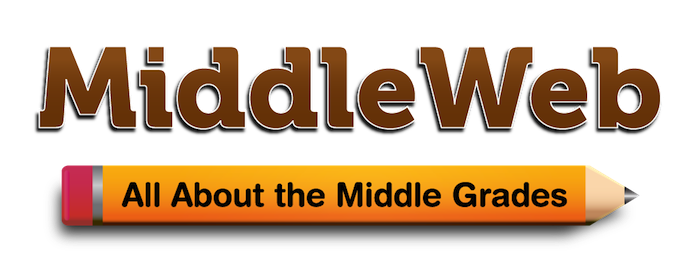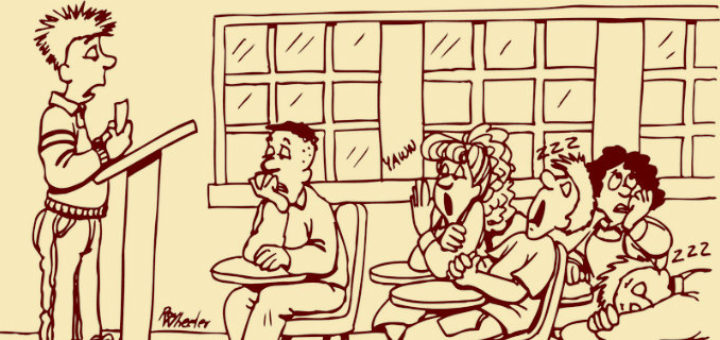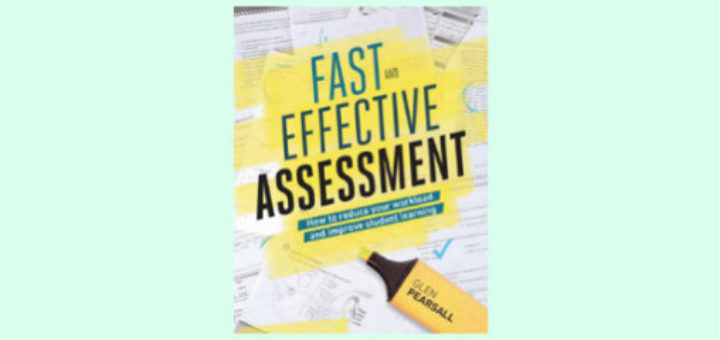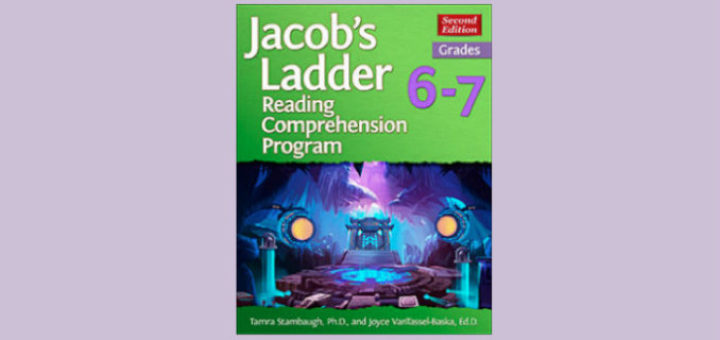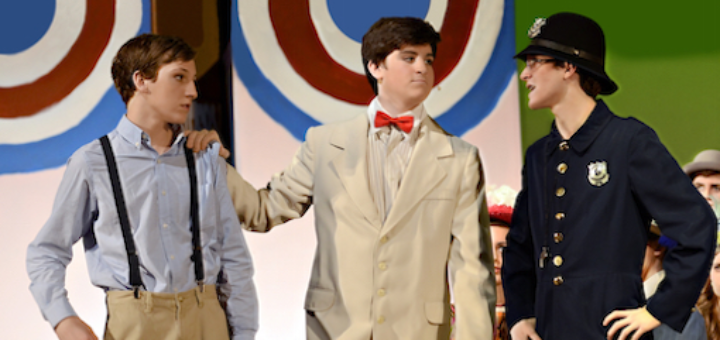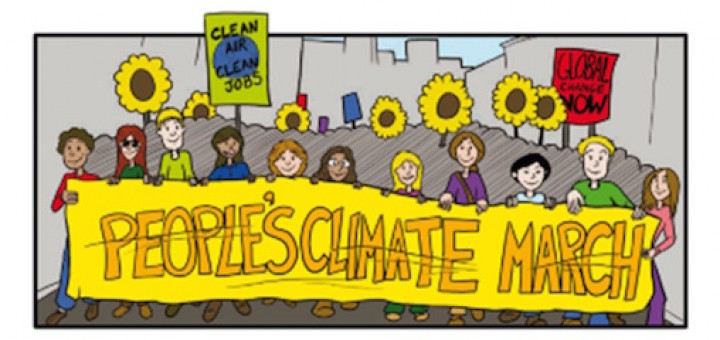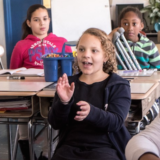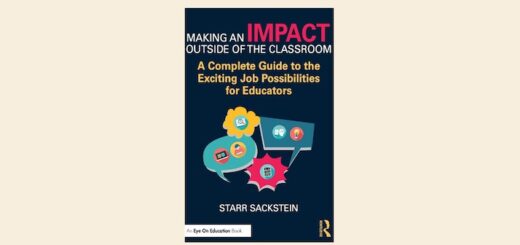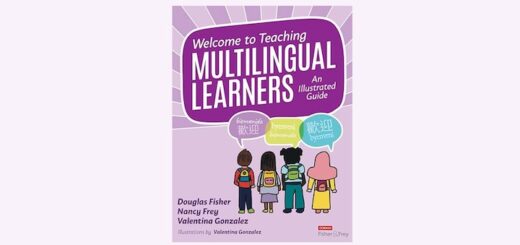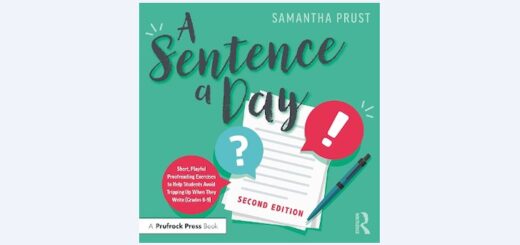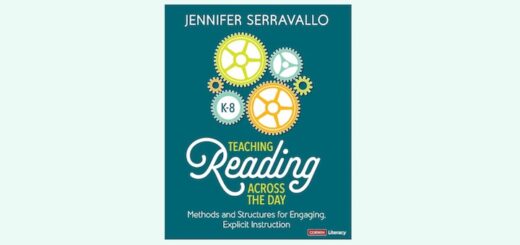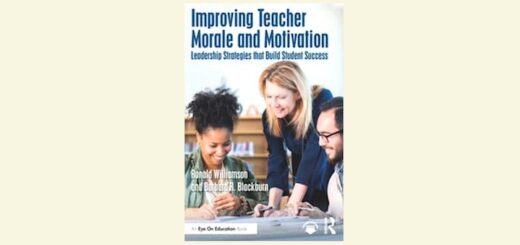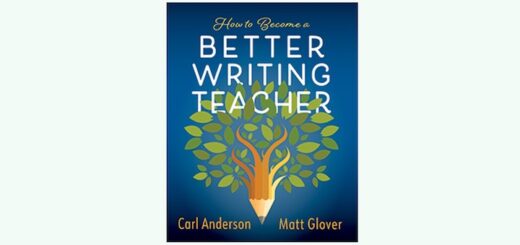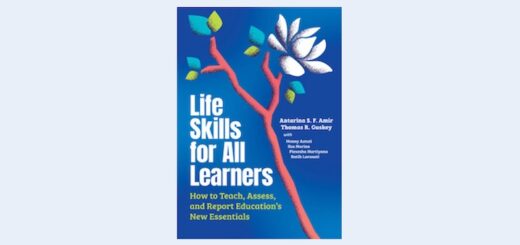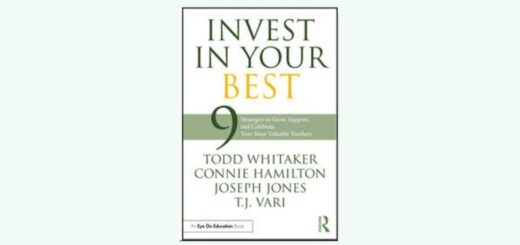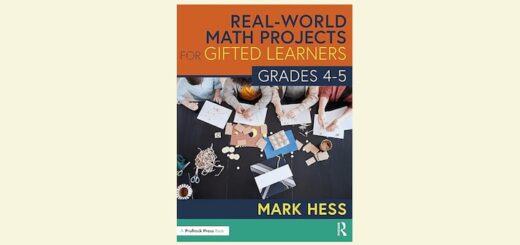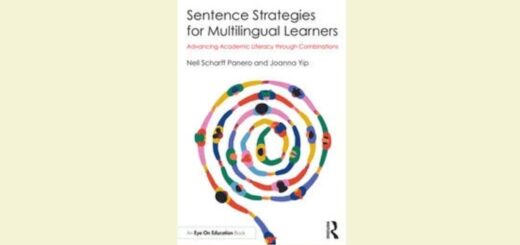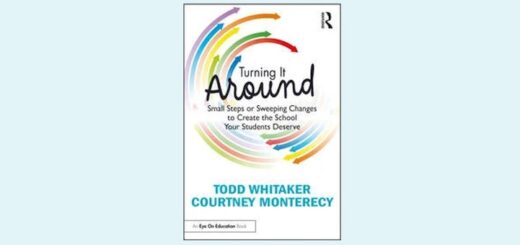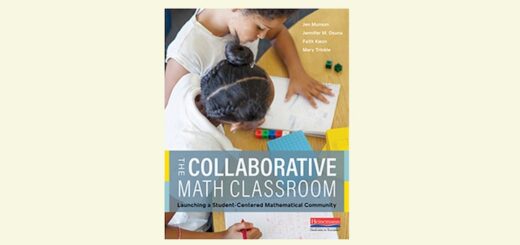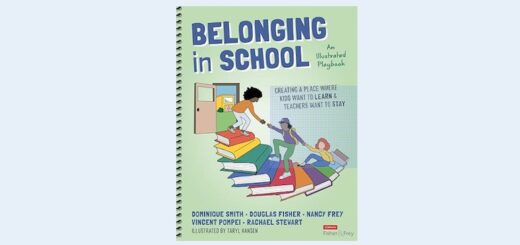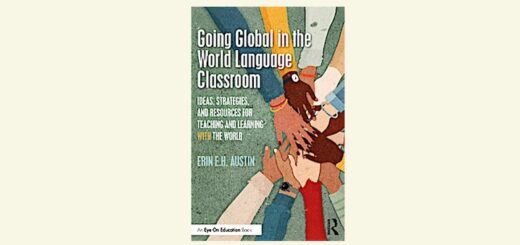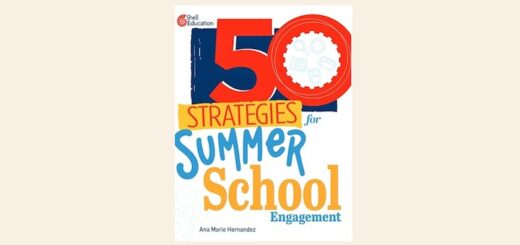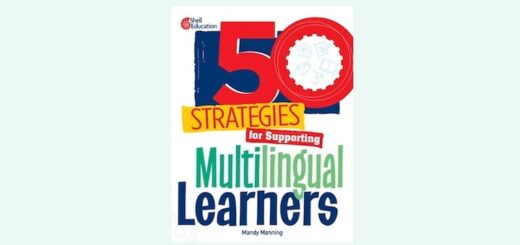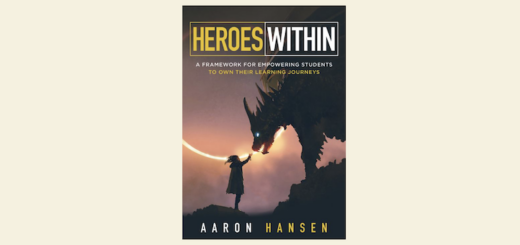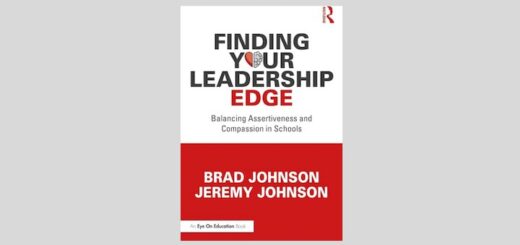Teaching and learning in grades 4-8
Blending in the arts is not predestined to create a failure of STEM goals, writes noted STEM author and educator Carolyn DeCristofano, who offers four reasons to consider adopting a well-designed STEAM program that protects the integrity of both STEM and arts education.
Larry Ferlazzo and Katie Sypnieski often ask their ELL students to make short oral presentations to a group or a partner “because it is more practical, time efficient, and energizing for students.” The four ideas shared here are easily adapted to any class or subject.
Although some teaching strategies have been around for a long time, not all the “classics” are actually effective at engaging students in authentic ways. Bryan Harris and Lisa Bradshaw, the authors of Battling Boredom, explain why some common practices just don’t work.
Reciprocal teaching (RT) helps students deepen their learning by teaching other students. Curtis Chandler shows how kiddos can tackle new texts and concepts by developing their ability to apply cognitive and metacognitive strategies. He includes helpful videos and online tools.
Glen Pearsall’s Fast and Effective Assessment focuses on making life easier for teachers while improving students’ learning and understanding, writes consultant Anne Anderson. Pearsall includes lots of ideas and efficient tools to create feedback that benefits students.
Stambaugh and VanTassel-Baska focus on purposeful planning, finding stories to engage young readers, and discovering ways to use readings to get the most impactful writing from students while increasing their overall comprehension, says teacher Erin Corrigan-Smith.
Reader’s theatre helps EL students feel more confident “playing” with English and learning to use fixed expressions, intonation, and gesture, writes teacher-author Alice Savage. Explore her 10 ideas for extending the content or language of a script into engaging lessons.
It is not easy for students to research today, or to read with a critical eye. Yet these are the very skills they need in an internet-driven world. In a new MiddleWeb column, teacher-author Jeremy Hyler shares tips that can make research writing more fun, effective and efficient.
Middle school science educator and Albert Einstein Distinguished Education Fellow Joshua Sneideman and energy education specialist Erin Twamley share seven ways that teachers and schools can involve students in climate change studies. Included: Project ideas.
One area of Matt Smith’s teaching “that has improved tremendously since my novice days” is facilitating productive discussions. Students need to engage in active talk to process complex ideas. This won’t happen until teachers master “wait time” and stop affirming too much.
